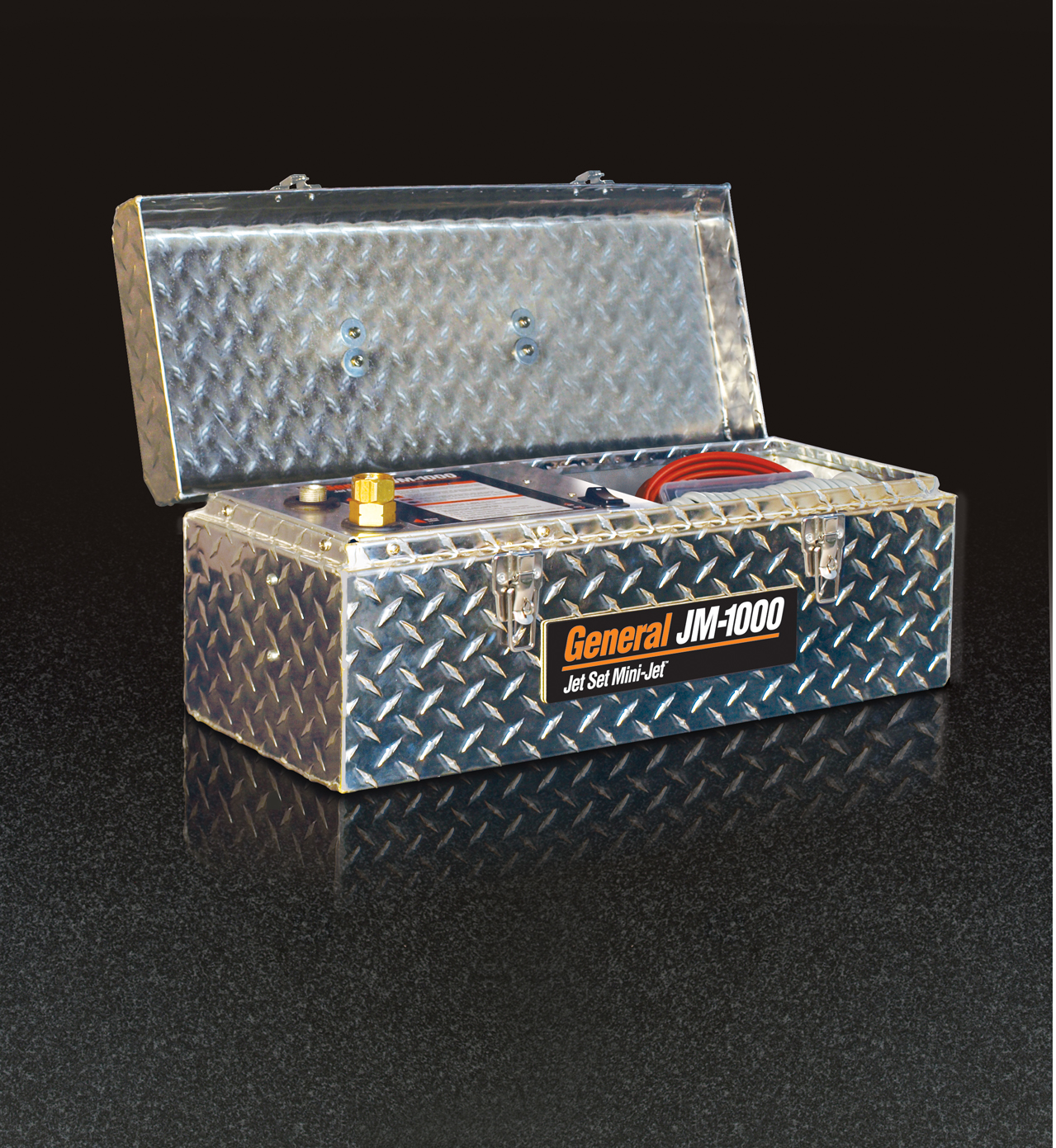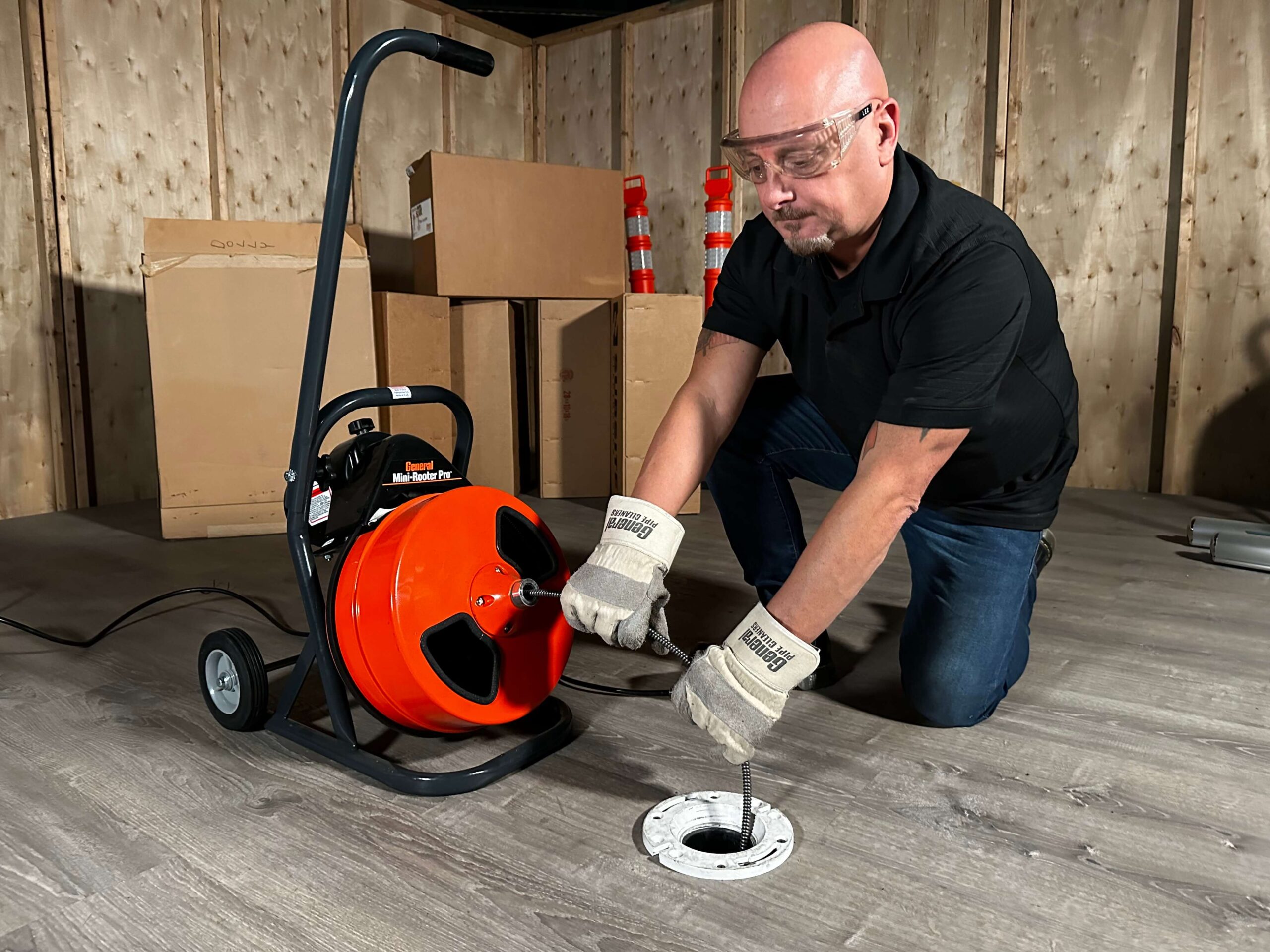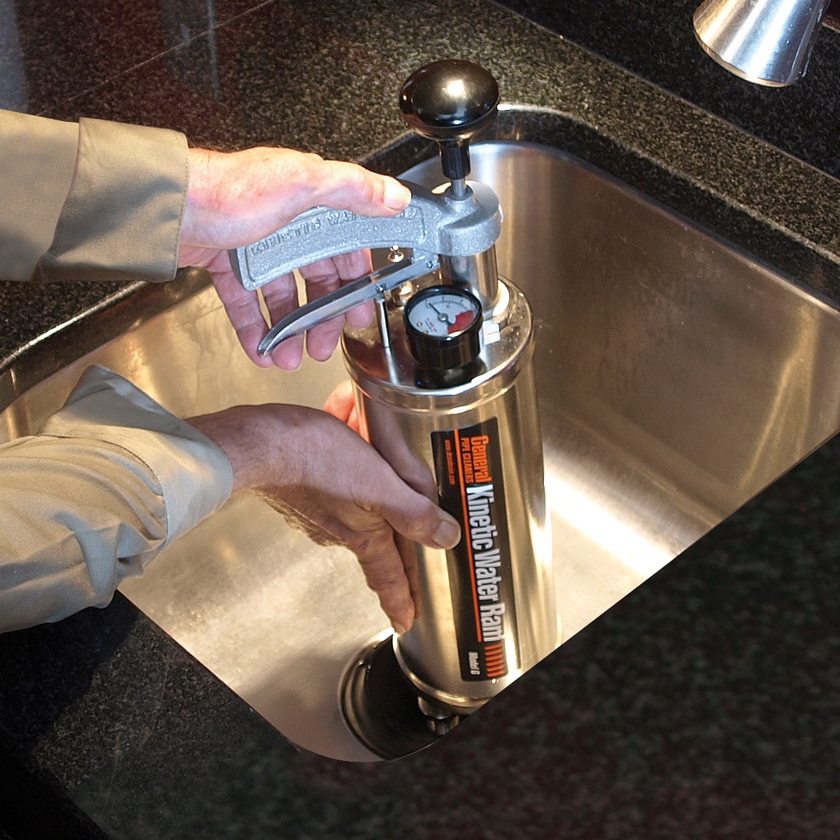A horror story
A man tells his helper to put a drain cleaning machine in a ditch filled with water. The frayed extension cord lies across the wet ground. The helper, wearing rubber boots, tries to use the machine but complains he is getting shocked. The man calls his helper a sissy and gets in the ditch wearing street shoes. When he turns on the machine, he is electrocuted.
Another horror story
A maintenance foreman has two of his men get in a hole to guide the cable into the line. The machine sits on the street above with a young boy operating the foot pedal. When the cable hits an obstruction, it begins to buck. The men yell to stop the machine but the boy doesn’t. The cable suddenly kinks. One of the men lets out a yell. He has just had two fingers ripped off his hand.
Each of these sad stories could have been avoided if those involved had followed some simple safety precautions. The following is a list of them. READ THEM! Or else risk the same fate of the men in these stories.
- Rule one. Just using common sense will keep you out of dangerous situations.
- Machines should be checked for damaged power cords, pulled out strain reliefs, damaged switches and missing ground prongs.
- All machines should have a ground fault circuit interrupter (GFCI). The GFCI should be integrated into the power cord so that not only the machine but the cord is protected as well.
- Machine must be plugged into a properly grounded outlet. If the ground wire is electrified, the operator can be electrocuted by just touching the machine. Be sure to use a UL/CSA-approved tester to make sure the outlet is safe.
- Be sure all machines use a pneumatic foot pedal, an air bubble connected to the machine through an air hose, so there’s no electricity running from the pedal to the machine. The wires and switching take place at the motor several feet above the wet floor.
- If the power cord supplied with the machine is not long enough, be sure to use a three-wire, heavy-duty extension cord that is in good condition. Using lighter cords can result in severe power loss and motor overheating.
- Wear only leather gloves. Never use any other type of glove, such as cloth or rubber when handling the cable as these can get caught between the coils of the cable and take off a finger.
- Place drum-type and sectional machines designed for close-up operation within two feet of the drain. If you can’t get the machine this close, run the cable through a pipe to prevent cable whipping.
- Don’t force the cable through the blockage. Let the cutter do the work. You won’t get the job done any faster and you could damage the cable or injure yourself. Excessive torque on the cable can cause it to whip and kink, and injure the operator in the process
- Don’t touch the cable while it’s spinning, if using a sectional walk-behind machine. There’s no need to. Use a cable feeding tool if you’re having trouble getting the cable started in the drain. If you try to force the cable in by hand, you could lose a finger.
- Always wear safety glasses when operating the machine to protect your eyes from debris that may spray from the drain.
- Drain cleaners are designed for one person operation. The person controlling the foot pedal or ON/OFF switch should also be the same person controlling the cable.
- Make sure your machine has a belt guard.
- Read the instructions provided with your machine. Follow the maintenance procedures outlined in it and replace worn or lost safety decals.
- Use common sense. I mention this twice because it’s that important. It will save your neck if you use it right.
No matter what safety features a machine has, no machine is safer that its operator. Make sure you and your personnel are well versed in the proper safety procedures for your machine.
Does operating a drain cleaning machine have to be dangerous? No. Just like driving a car, don’t run red lights, pay attention to what you’re doing and, most important, use common sense.
Contact the Drain Brains® at General at 800-245-6200 or by email [email protected].





